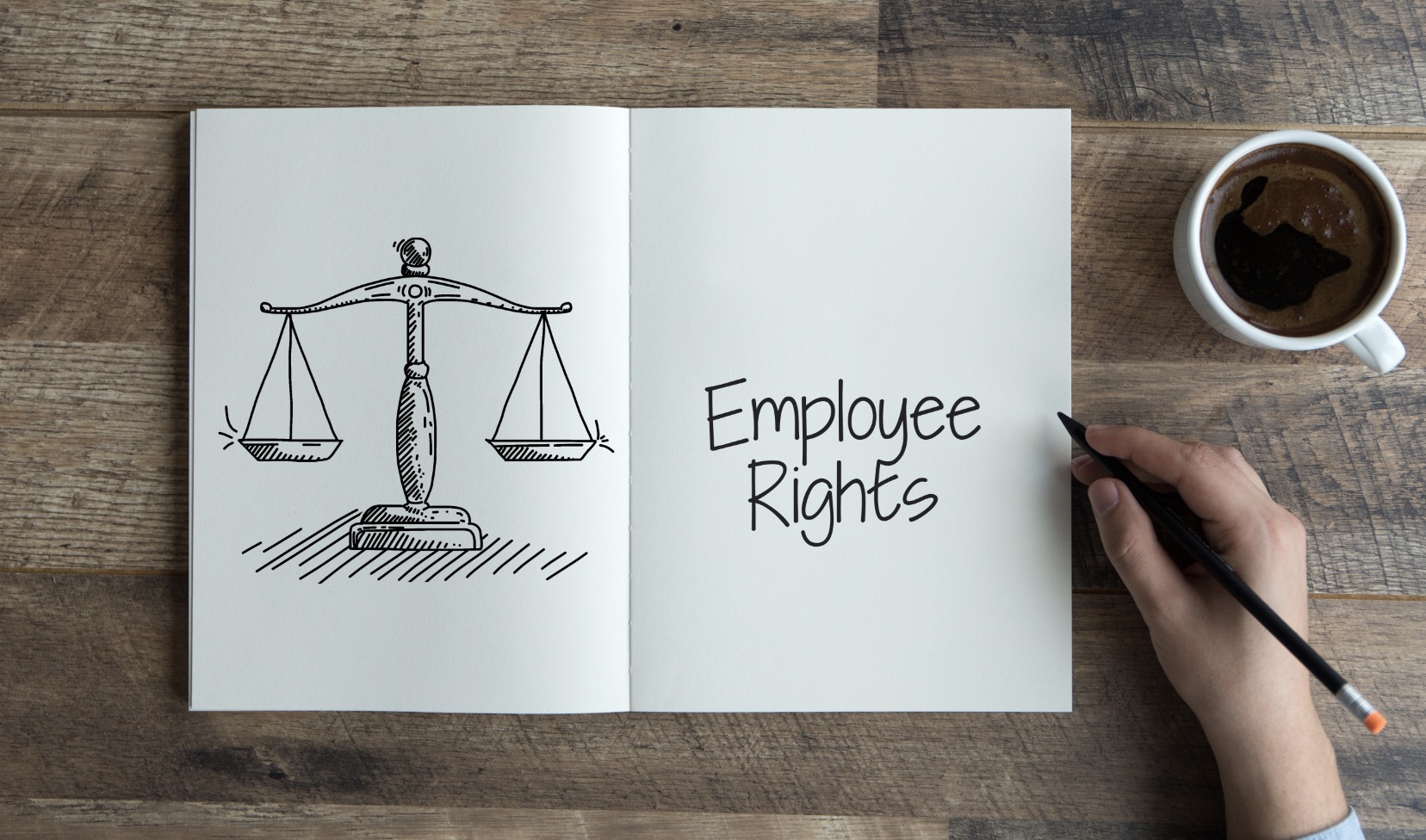[vc_row][vc_column][vc_column_text]There are two types of employees: exempt and non-exempt. This sounds like the setup to a joke, but classification actually has some very important distinctions in how the rules of employment law apply employees. What does exempt and non-exempt even mean? What are employees being exempted from? How is exempt or non-exempt determined? Understanding these questions can help ensure that workers are not being taken advantage of by their employers. Violations of classification can be pursued for damages under employment law.
Exempt and non-exempt refers to the Fair Labor Standards Act (FLSA), a law passed in 1938 addressing the abuses suffered by workers at the hands of employers. The original FLSA set in to law the eight-hour day and 40-hour workweek America continues to see as normal today. The FLSA provides requirements for minimum wages, overtime pay, and child labor. The law, however, does not apply to all workers. FLSA protections only apply to employees and are not extended to independent contractors. And protections do not apply to all employees. Employees protected by FLSA provisions are "non-exempt" from FLSA laws while employees not protected are "exempt" from FLSA laws.
Non-exempt employees are entitled to a minimum wage, currently (California, 2020) $13/hr for businesses with more than 25 employees and $12/hr for business with 25 employees or fewer. Those figures will rise by $1 every year on January 1 until they reach $15/hr. Non-exempt employees are also entitled to overtime pay:
- After 8 hours of work in 1 day - 1.5 times hourly rate
- After 40 hours of work in 1 week - 1.5 times hourly rate
- After 12 hours of work in 1 day - 2 times hourly rate
- After 8 hours of work in 1 day on the 7th consecutive day of work - 2 times hourly rate










